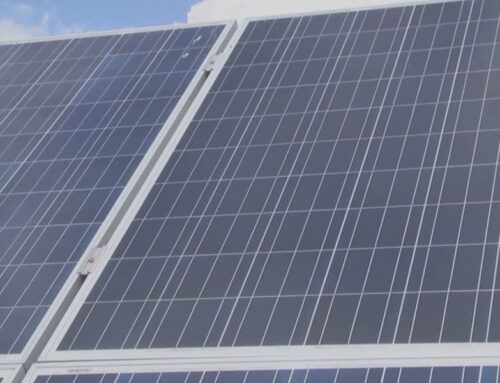More Texans are investing in microgrids to avoid power outages
January 2, 2025
From December tornadoes to an arctic blast, this winter weather is keeping us on our toes. In Texas, that comes with worries about keeping the lights on.
The state continues to shore up its electric grid, while individuals and businesses have been springing for their own options when extreme weather knocks out power. It’s part of why the use of microgrids is on the rise, which the Dallas Fed noted in a recent report.
While generators and microgrids both provide backup power, there’s a key difference between the two, according to Mahmoud Kabalan, an associate professor and director of the Center for Microgrid Research at the University of St. Thomas in Minnesota.
A generator “can be sitting there idling for many years until something happens and then it kicks in,” he said. A microgrid, however, “is running 24/7.”
A microgrid generates and supplies its own power in tandem with the grid — whether or not there’s an outage. It generates from sources like “diesel, natural gas in combination with renewable energy like solar,” explained Kabalan.
Microgrids are used by the military, he added. Other institutions where loss of power can be critical also utilize microgrids, per George Gross, a professor emeritus with the University of Illinois Urbana-Champaign.
“We’re seeing universities, for example, becoming a microgrid and hospitals,” he said.
That’s increasingly the case for commercial enterprises, too. From 2016 to 2023, microgrid installation nearly doubled nationally, said Prithvi Kalkunte, an economic programmer with the Dallas Fed.
While in Texas it’s “grown exponentially since like 2016,” Kalkunte said — from around 20 to 300 installations.
“We see the pickup after Hurricane Harvey. A lot of businesses, including H-E-B and Buc-ee’s, have chosen to add microgrids, partially for reliability, and then also so that they can have electricity close to the site, when outages are kind of costly for those businesses,” said Kalkunte.
And it’s not just a way for Texas businesses to avoid outages — they might even make a buck selling their power back into the grid.
“There’s all these different layers of benefits,” said energy consultant Doug Lewin. “Obviously, one of those layers is the ability to earn revenue from the market.”
While it’s more expensive to generate power from a microgrid, Lewin said the resilience, independence and chance to sell back some of that power can make it worth it.
There’s a lot happening in the world. Through it all, Marketplace is here for you.
You rely on Marketplace to break down the world’s events and tell you how it affects you in a fact-based, approachable way. We rely on your financial support to keep making that possible.
Your donation today powers the independent journalism that you rely on. For just $5/month, you can help sustain Marketplace so we can keep reporting on the things that matter to you.
Search
RECENT PRESS RELEASES
Related Post



